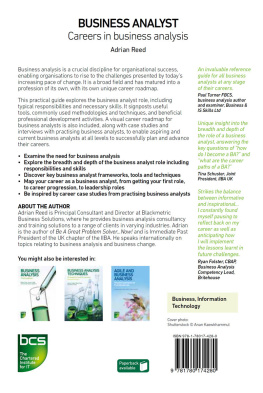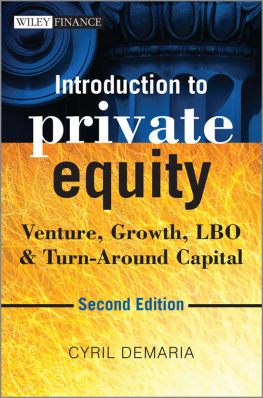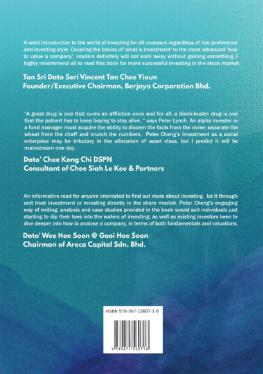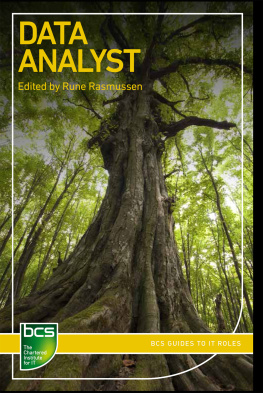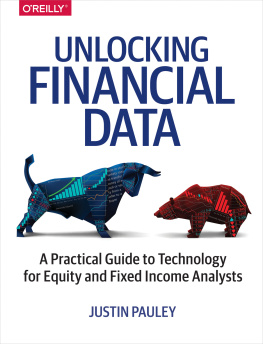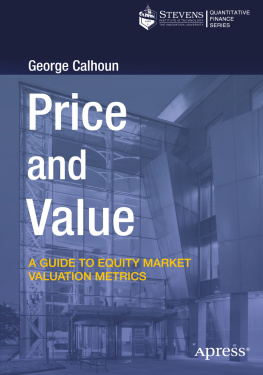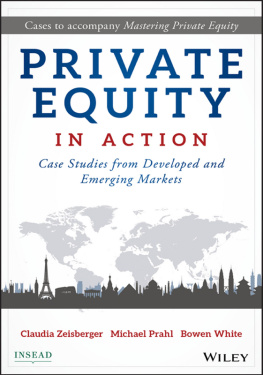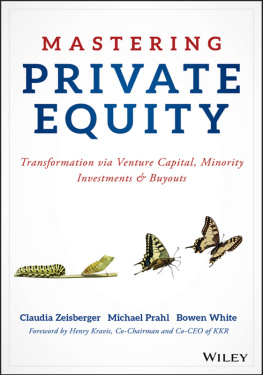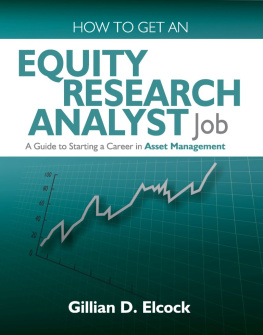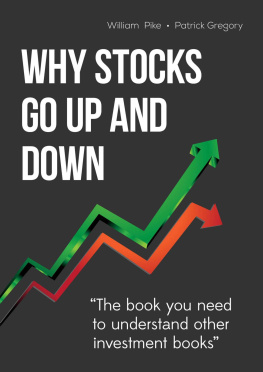
Table of Contents
List of Tables
- Chapter 2
List of Illustrations
- Chapter 1
- Chapter 3
- Chapter 4
- Chapter 5
- Chapter 6
Guide
Pages
Survival Kit for an Equity Analyst
The Essentials You Must Know
Shin Horie

This edition first published 2021
Copyright 2022 by John Wiley & Sons, Ltd.
Registered office
John Wiley & Sons Ltd, The Atrium, Southern Gate, Chichester, West Sussex, PO19 8SQ, United Kingdom
For details of our global editorial offices, for customer services and for information about how to apply for permission to reuse the copyright material in this book please see our website at www.wiley.com.
All rights reserved. No part of this publication may be reproduced, stored in a retrieval system, or transmitted, in any form or by any means, electronic, mechanical, photocopying, recording or otherwise, except as permitted by the UK Copyright, Designs and Patents Act 1988, without the prior permission of the publisher.
Wiley publishes in a variety of print and electronic formats and by printondemand. Some material included with standard print versions of this book may not be included in ebooks or in printondemand. If this book refers to media such as a CD or DVD that is not included in the version you purchased, you may download this material at http://booksupport.wiley.com. For more information about Wiley products, visit www.wiley.com.
Designations used by companies to distinguish their products are often claimed as trademarks. All brand names and product names used in this book are trade names, service marks, trademarks or registered trademarks of their respective owners. The publisher is not associated with any product or vendor mentioned in this book.
Limit of Liability/Disclaimer of Warranty: While the publisher and author have used their best efforts in preparing this book, they make no representations or warranties with respect to the accuracy or completeness of the contents of this book and specifically disclaim any implied warranties of merchantability or fitness for a particular purpose. It is sold on the understanding that the publisher is not engaged in rendering professional services and neither the publisher nor the author shall be liable for damages arising herefrom. If professional advice or other expert assistance is required, the services of a competent professional should be sought.
Disclaimer: The views stated herein do not necessarily reflect the views of Goldman Sachs.
Library of Congress CataloginginPublication Data
Names: Horie, Shin, author.
Title: Survival kit for an equity analyst : the essentials you must know / Shin Horie.
Description: Chichester, West Sussex, United Kingdom : John Wiley & Sons, 2022.
Identifiers: LCCN 2021031903 (print) | LCCN 2021031904 (ebook) | ISBN 9781119822448 (cloth) | ISBN 9781119822455 (adobe pdf) | ISBN 9781119822462 (epub)
Subjects: LCSH: CorporationsValuation. | Business enterprisesValuation. | CorporationsFinance. | Business enterprisesFinance. | Investment analysis.
Classification: LCC HG4028.V3 H67 2022 (print) | LCC HG4028.V3 (ebook) | DDC 658.15dc23
LC record available at https://lccn.loc.gov/2021031903LC ebook record available at https://lccn.loc.gov/2021031904
Cover Design: Wiley
Cover Image: Tarchyshnik/Getty
To Makiko, Waka and Hana
Preface: Why I Wanted to Write This Book
What do equity analysts do? When I was asked to explain what I do by my parents, who are not familiar with the financial industry, I told them: We try to predict the future of a company. Simply put, that's what equity analysts do and, in my view, should be doing.
Talking about the past and the present is relatively straightforward. Talking about the future is more uncomfortable as no one likes uncertainty or being seen to be wrong in front of other people, which is why there is significant value in a quality attempt at predicting the future of a company. To do this, analysts need to understand many things that require a lot of research and investigation. This book provides equity analysts with a number of helpful hints and tools to help them navigate the complex research process, particularly when they are early in their careers.
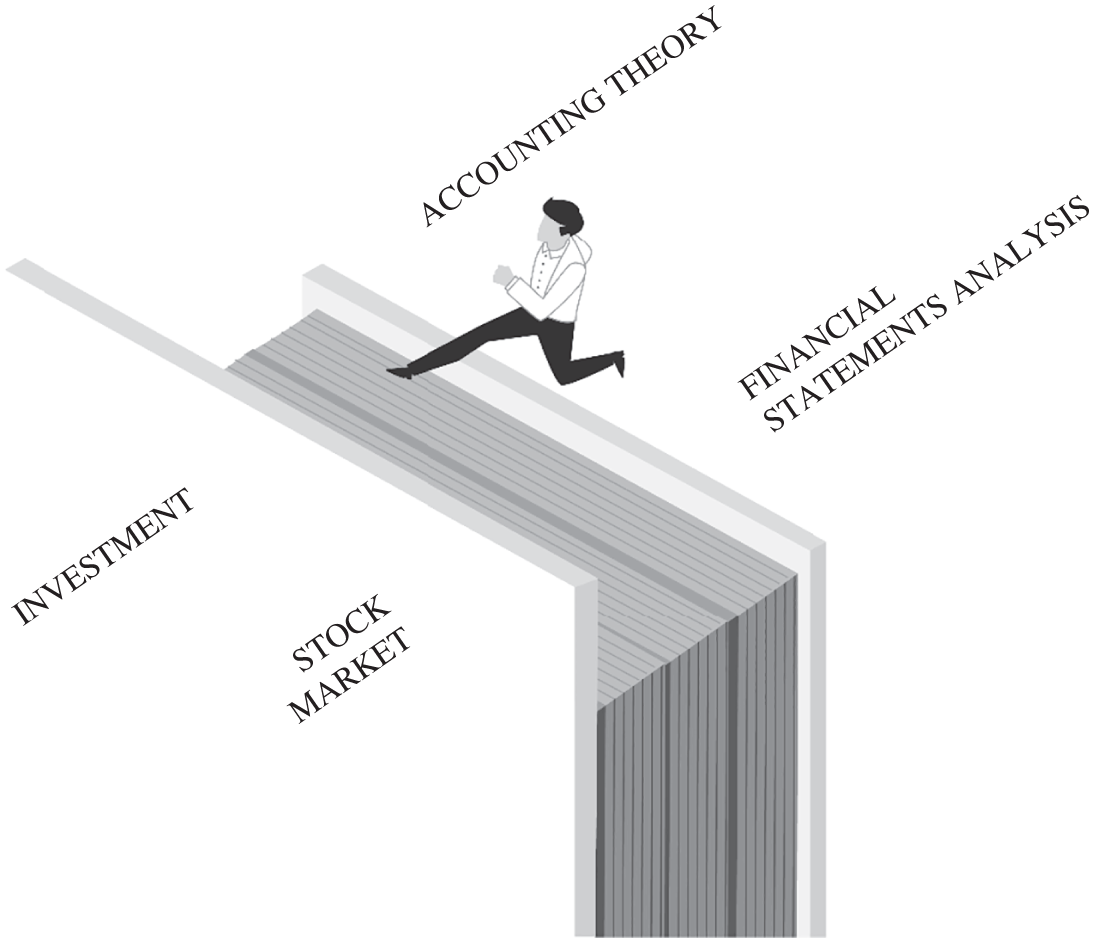
This is a book for company analysis, not a financial theory book, nor a business school textbook. It aims to be a practical guide on how to survive and thrive during the first few years as an equity research analyst. So, when I refer to we or you I am referring to new equity analysts. The book contains details of how to discover, analyse, forecast, and evaluate public companies. It has four unique features:
- First, it specifically focuses on company analysis and valuation and does not directly talk about stock investment, although the ultimate aim of our analysis is that the analysis is used for investment decisions. This focus is because we often make the mistake of talking about stock price movement before we fully understand the underlying company value and thus get confused between the two.
- Second, this book does not go into the theoretical definitions of accounting and financial analysis. This is because there are many textbooks available on this subject and most readers have already studied them extensively. Instead, I offer some suggestions and advice on how to implement such metrics in the real world of company analysis.
- Third, a number of specific industries are discussed because characteristics, growth prospects, and valuation methodologies vary substantially by industry. Readers can then apply the content directly to the industries they need to analyse.
- Fourth, by leveraging my background and experience, I tried to make the content as globally applicable as possible. As such, many parts of this book would also be relevant for emerging market analysts.
Introduction: How to Approach Company Analysis
When asked to analyse and value a company, the best starting point is not to start by punching its financial statements into a spreadsheet. In order to understand a company in a deeper manner, we need to: start with an indepth analysis of the industry it belongs to; look at it in a global context; and learn about its competitors. We need to come up with our own 510year outlook for the industry. During this process, in addition to investigating various data, we also need to speak with a number of industry experts, including the company's suppliers and customers, or even regulators or scientists in some cases. Then we take a detailed look into the company itself, more specifically regarding its history, management, shareholders, culture, and competitive moat i.e. the personality of a company.
When learning about the company, we need to undertake extensive interviews with senior management and the heads of its major businesses. Factory and store visits, or evaluating mines and project sites first hand, are also critical parts in the overall process. Once all the ingredients are ready, we can combine our insights with the earnings forecasts. These forecasts are not just a linear extension of past growth rates and margins. Having foresight of nonlinear structural change is the real value addition of company analysis. Only then do we put a value on the company. At this stage, we need to leverage the market price on top of fundamental financial data. There are many different types of valuation methodologies depending on the nature of the business. The process is more of an art than a science and we need to be flexible and creative to aim at being roughly right rather than precisely wrong. At the end of this process we gauge if our view is different to the market consensus or not. If we have a differentiated view, we need to identify and articulate where and why we are different.
Next page

